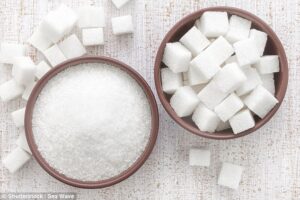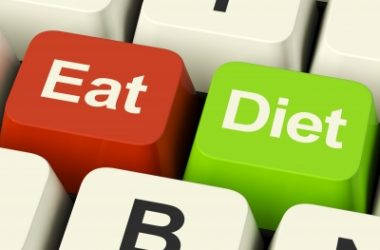We’ve all experienced food cravings. Your sweet tooth wants a treat, or you reach for those salty chips, or you indulge in some pasta or bread. Cravings are a sign that your body is literally out of balance. Mostly caused by eating out of balance, both acutely and chronically over time. Have you ever wondered why you crave certain types of food?
It’s not just the habit-forming ingredients in these foods; your cravings could be a sign that you’re in need of certain vitamins and minerals. Take a look at this list of types of cravings and how you may be able to avoid getting them.
Sugar
If you want to lose weight or maintain a healthy lifestyle, it’s best to avoid sugar. Too much can cause serious health issues. In the online article, “What Do Food Cravings Mean”, leading health and fitness expert Ben Greenfield[1] states that sugar cravings can indicate that you have blood sugar imbalances and mineral deficiencies such as chromium and magnesium. When your sweet tooth starts calling, opt for fruit with a lower glycemic index and load* that can provide both vitamins and essential minerals. Alternatively, consider trying CardioMender, MD snacks that will satisfy your sweet tooth but not leave you craving in an hour or so. You may also be getting sugar cravings if you’re dehydrated; so remember to drink a gallon of fluid a day half of which should be water.
Salt
Sometimes you crave a crispy, crunchy, salty snack when you’re watching a movie or at a sporting event. But excessive salt in your diet can raise your blood pressure and can cause fluid retention. According to Greenfield, you may be craving salt due to stress hormone fluctuations, dehydration or low electrolyte levels. B-vitamins can help control your stress hormones. Many of our salty snacks meal replacements are enriched with B vitamins and other essential vitamins and minerals which may help satisfy these cravings. While unflavored coconut water is NOT on our Acute Weight Loss Program it is allowed in limited amounts on our Maintenance Plan. Coconut water provides a natural source of electrolytes and is a terrific alternative to sugary sports drinks that claim to provide electrolytes.
Fried Foods
You may enjoy the crispy crunch of fried foods, but your body may be in need of certain oils that are essential to sustain good health. Most fried foods contain pro-inflammatory Omega-6 oils derived from plants or seeds some of which when heated are converted to very unhealthy trans-fats that increase the risk of vascular disease, heart attack and stroke. If you do cook with oil, try avocado oil which is heat stable and a healthier alternative. By choosing foods that are rich in Omega-3 fatty acids such as salmon, herring, mackerel or flax seed which are rich in Omega-3 fatty acids and are anti-inflammatory, you can offset the effects of pro-inflammatory Omega-6 fatty acids. By using high quality olive oils, such as our CardioMender, MD brand, rich in polyphenol antioxidants, you can help the body rid itself of toxic free radicals. Remember, even though you may be choosing a healthier alternative, all oils are calorically dense and contain approximately 130 calories per tablespoon.
Bread/Pasta
Craving foods that contain processed flours like breads, pastas/noodles, or crackers may be a sign that you need more fiber. Fiber helps the body control blood sugar levels, reducing the glycemic index of the meal. According to Greenfield, these cravings can also hint to deficiencies in chromium and nitrogen. Replace the bread with apples, spinach, broccoli, or celery. Check out CardioMender, MD’s Pantry and consider our SmartBuns, Paleo Crackers and Bread, Miracle Noodles, foods made with Carbquik, to name a few.
Coffee/Tea
What would our day be like without our morning coffee or tea? Enjoying more than a cup or two can mean more than feeding your caffeine fix. It may be a sign of chronic fatigue from anemia, a metabolic abnormality, infection or even obstructive sleep apnea. Therefore, persistent fatigue should be evaluated by your healthcare professional. Fatigue may also be a sign of sedentary lifestyle and physical deconditioning which may be helped by instituting a regular exercise program.
If you do get cravings, try some of these tips. If you address the root cause of them, they will improve substantially. If you give into your cravings, cut yourself a break. What’s important is identifying what led to the plan deviation and getting back on track, the sooner the better, thus, better managing your meals and optimizing your health.
You’ve Got To Live It!
*See your meal plan for acceptable choices or for a list of low glycemic fruits & veggies.
[1] Greenfield, Ben. “What Do Food Cravings Mean?” Ben Greenfield Fitness Advice, 5 Oct. 2017, bengreenfieldfitness.com/article/fat-loss-articles/what-do-food-cravings-mean/.









